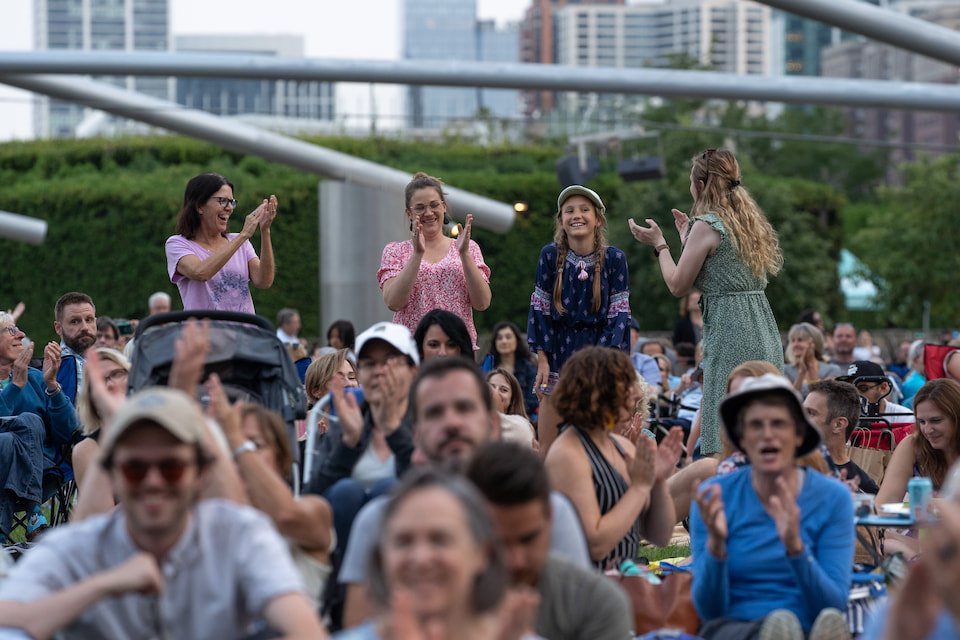2026 Season
June 10 – August 15, 2026
Announcing our 2026 Season
Thank you to everyone who supported us in 2025, we look forward to welcoming you back next summer! Our 2026 season lineup will be announced on January 6.
In the meantime, stay up to date by signing up to our newsletter or explore our past seasons.

